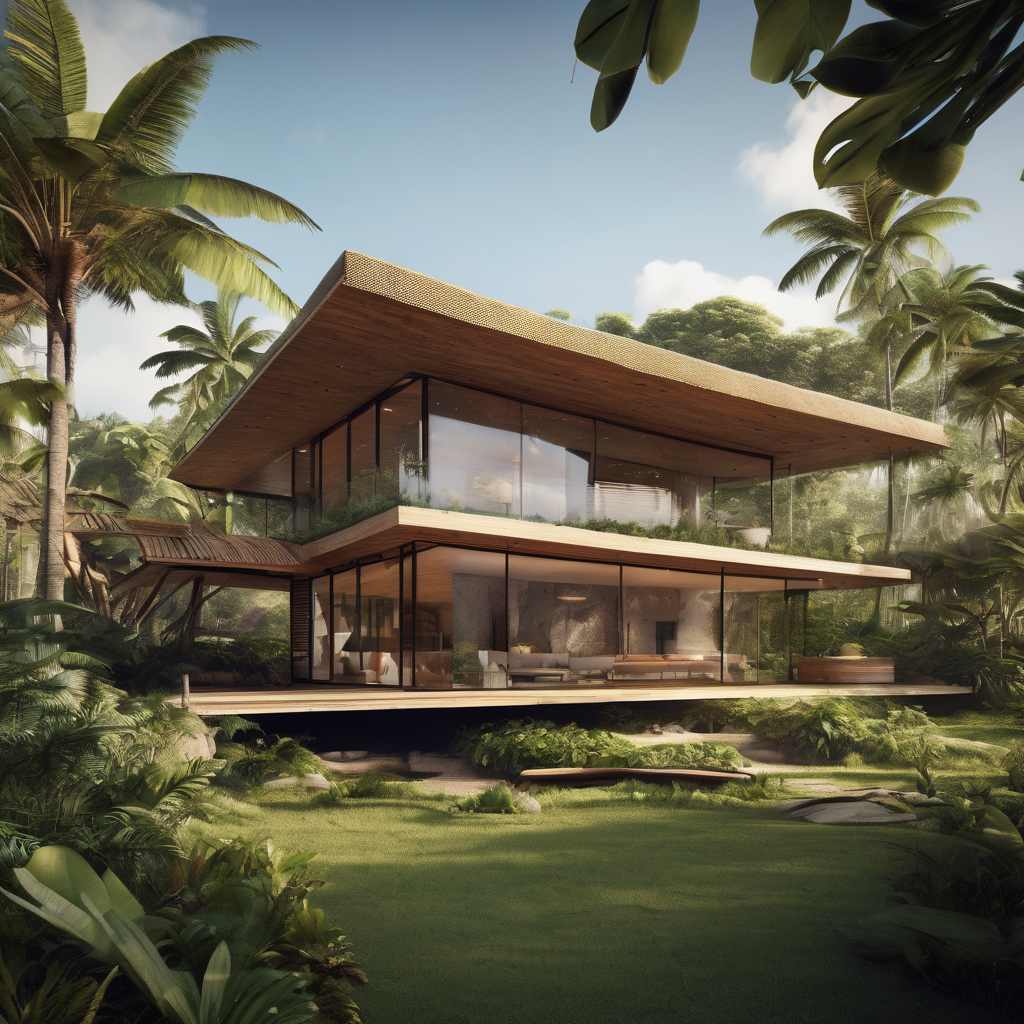Finance Minister Esrom Immanuel has underscored the essential contribution of architecture to national development and security, highlighting its importance as a critical investment rather than a mere expenditure. His remarks were delivered during the Extra Fiji Architecture Conference and Trade Exhibition held at the Sheraton Fiji Golf Resort and Spa in Denarau, Nadi.
Minister Immanuel addressed the attendees by stating that architecture plays a pivotal role in turning government policy into tangible assets that benefit the nation. He remarked, “My portfolio may be concerned with allocation of national financial resources, but it is your profession that translates those allocations into tangible reality of homes, hospitals, schools and public spaces.” This integration of architecture with public policy is crucial as the government pushes for a sustainable future.
The Minister also elaborated on the government’s National Development Plan for 2025-2045, which calls for the architectural sector to be at the forefront of delivering resilient infrastructure. He explained the importance of investing in resilient infrastructure, revealing that for every dollar spent, up to four dollars could be saved in post-disaster recovery costs. “This is not an environmental argument; it is a financial one,” he emphasized, highlighting the economic incentives behind thoughtful infrastructure development.
In parallel, discussions at similar conferences have pointed to significant projected investments within Fiji’s construction sector. Member of Parliament Manoa Kamikamica previously noted the potential for $12 billion in investments across various infrastructure projects. This growth is vital for community upliftment and job creation, indicating a robust outlook for architects and engineers in the region.
Moreover, echoing Minister Immanuel’s sentiments, other leaders have emphasized the role of architecture in aligning with national goals, particularly in enhancing the country’s tourism infrastructure. By creating cohesive and sustainable environments, the architecture sector is poised to contribute significantly to the economy while ensuring environmental sustainability.
As Fiji navigates its developmental trajectory, a consistent theme connecting government initiatives and architectural endeavors emerges: the shared vision for a resilient, sustainable future. The collaborative efforts across various sectors promise not only to bolster economic growth but also to enhance the overall quality of life for all Fijians. This optimistic outlook reflects a commitment to fostering innovation and building a stronger framework for future generations.
